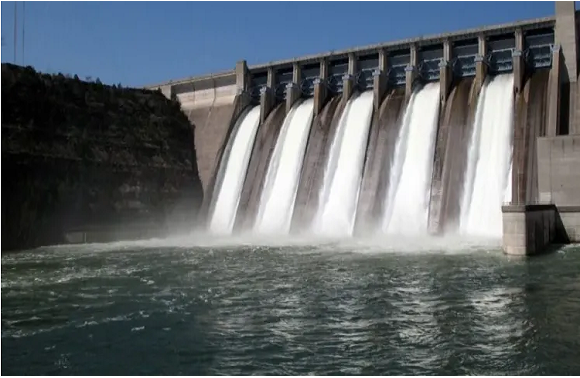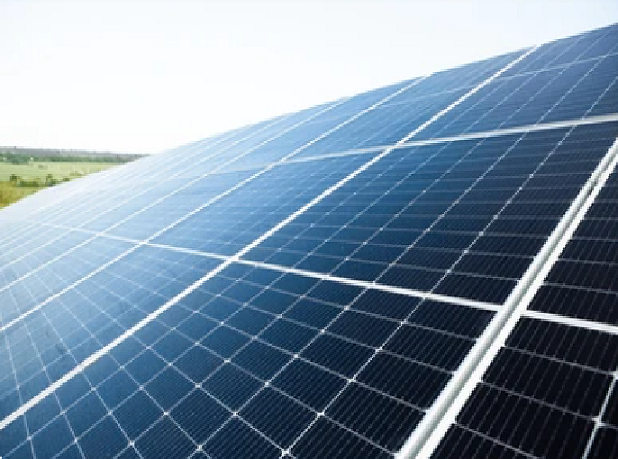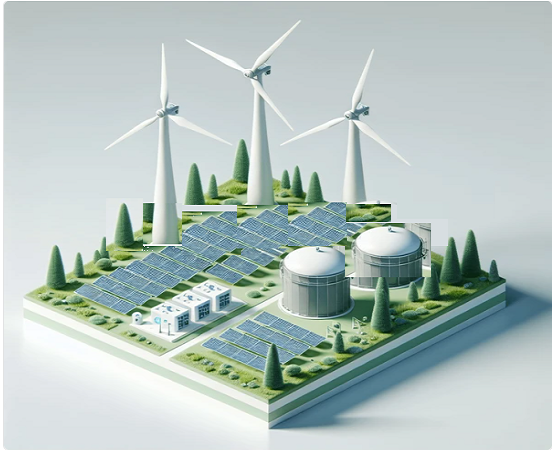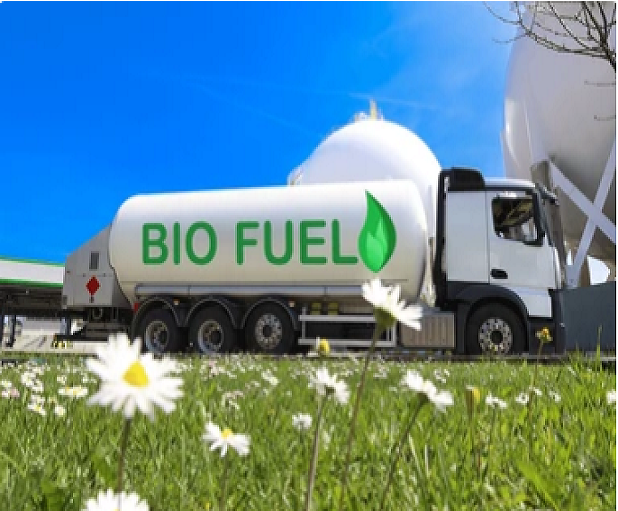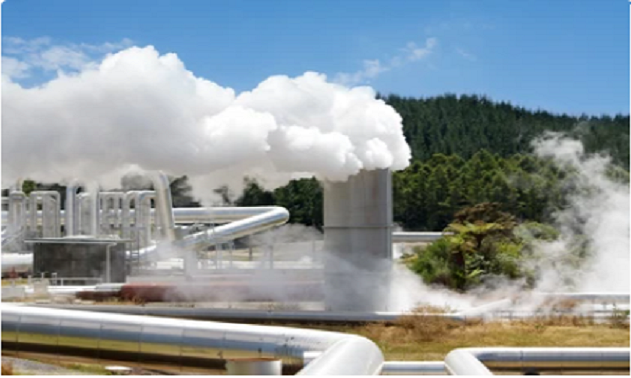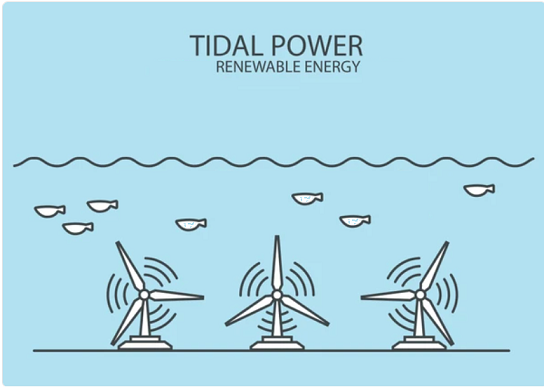4.
|
Biofuel is fuel made from Biomass (plants, algae, or animal waste). Biofuel is a renewable energy source as we can quickly replace these materials, unlike fossil fuels such as oil, coal, and natural gas.
Biofuels are popular because they are usually cheaper and better for the environment compared to fossil fuels, especially as oil prices go up and concerns about global warming grow. However, some people worry about the large-scale use of biofuels because of the costs and environmental impact (global warming) of producing them, as well as the potential loss of land that could be used to grow food.
So, while biofuels have many benefits, there are also challenges and concerns to consider.
Biofuels like wood can be burned directly to produce heat. The heat, in turn, can be used to run generators in a power plant to produce electricity. Several existing power facilities burn grass, wood, or other kinds of biomass.
Plant-based biofuels are considered renewable because they come from plants that can be regrown. When these biofuels are burned, they release carbon dioxide, a greenhouse gas, into the atmosphere. However, this carbon dioxide isn't "new." It was initially absorbed from the atmosphere by the plants during their growth through photosynthesis.
In photosynthesis, plants take in carbon dioxide and sunlight to produce energy and grow. When the grown plants are later used as biofuels, burning them releases the same carbon dioxide back into the atmosphere, resulting in a cycle. Since no additional carbon dioxide is added to the environment compared to what the plants originally absorbed, biofuels are considered "carbon neutral."
|
 HYDRO ENERGY
HYDRO ENERGY